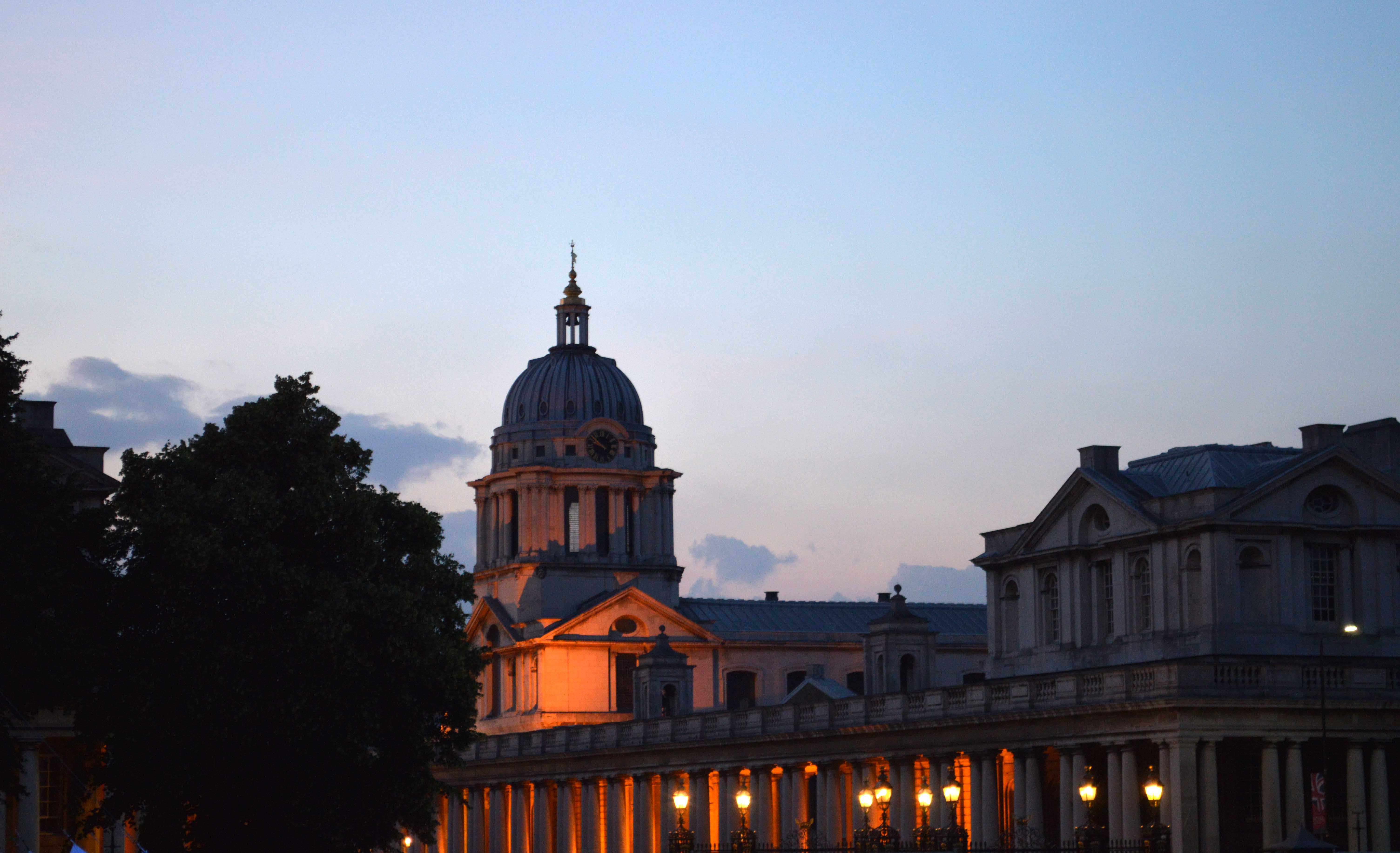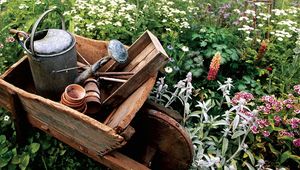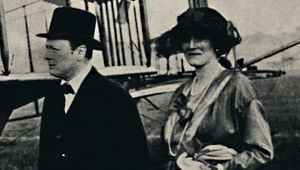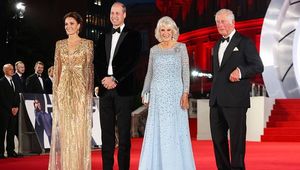
Downriver to the Mystic (South) East
Wondering what that heady perfume lingering in the air just now might be? Step forward the humble lime blossom! You'd never know to look at it, but the tiny green flower of the female tilia tree (we Brits call it lime, even though it's nothing to do with the citrus fruit), ubiquitous in pretty much every London park, street and even the odd garden, fills late June and early July with a fragrance unrivalled by the smartest Jermyn St perfumier. This week's mini-heatwave has brought it to intoxicating new levels. Car owners hate it for the sticky 'dew' it deposits across their windscreens but me? I just love it.
One of the best places to experience this minor joy is just inside Greenwich Park's main gates, where some relatively small specimens radiate scent from yards away as you walk towards them. Linger awhile underneath and breathe in. You won't regret it (unless, of course, you're a hay fever sufferer).
Queen's House lo
Built for James I's queen, Anne of Denmark in 1616, this elegant white villa was the result of a lovers' tiff. Allegedly James swore at his wife when she accidentally shot one of his hunting dogs. She was so upset at the incident he gave her Greenwich.
Originally used for glamorous court masques and balls, the palace is one of the country's most important buildings because it marks the first use of Palladian architecture in Britain. All the dimensions were worked out mathematically by designer Inigo Jones, who also created saucy costumes for the myriad Royal performances held there. The magnificent central hall is a perfect cube.
[caption id="attachment_13695344" align="alignleft" width="300"] © Royal Museums Greenwich
Sophisticated details such as the delicate tulip stairs and a delightful balustraded balcony have an enchanting femininity, and the curious underground entrance oozes with theatrical pomp.
King Charles I used the palace to display his extraordinary art collection, and his wife Henrietta Maria also lived there. After the English Civil War, cash-strapped Oliver Cromwell sold off the contents of the house, including all its works of art.
[caption id="attachment_13695345" align="alignright" width="300"] © Royal Museums Greenwich
The Queen's House is, however, still a gallery, now housing the National Maritime Museum's fine art collection. When it closes at the end of July, it will be refurbished for its 400th birthday next year. The ceiling in the King's Presence Chamber will be restored to its former glory, and, for the first time since the English Civil War, one of the best paintings in Charles I's collection will return. Orazio Gentileschi’s Joseph and Potiphar’s Wife was commissioned especially for the Queen's House. It feels good that it will be returning home after 350 years.
[caption id="attachment_13695325" align="aligncenter" width="632"] Joseph and Potifers Wife, Orazio Gentilleschi, Royal Collection Trust © Her Majesty Queen Elizabeth II
I will, of course, be first in line when this historic building reopens. In the meanwhile, however, I recommend one last glimpse of an exquisite gem in the heart of Maritime Greenwich. It's free to enter, and a stone's throw from the other great attractions: the Royal Observatory, National Maritime Museum, Old Royal Naval College and, of course, the Cutty Sark.
There's a couple of great exhibitions on just now. The Art of Science and Exploration, which includes paintings commissioned on Captain Cook's four voyages, and The Art of the Van de Weldes, a Dutch father and son whose work for Charles II influenced maritime painting for the next couple of centuries. What's great about this particular exhibition is that it is held in the very studio in which they worked—a south-facing room in the Queen's House itself.
The Queen's House, Romney Road, Greenwich, SE10 9NF
Opening times: 10.00–17.00. Admission is free.
Cutty Sark by Sandra Lawrence
It's going to be glorious, but while it's being done (they're also re-laying the cobbles so they're a little smoother underfoot) various areas are fenced off with the market continuing on around it. On Thursdays and Fridays it's antiques, junk and vintage; at the weekends, look for quirky arts and crafts and a lot of food stalls.
The market continues away from the main area— it seems that if there's a square inch of space someone will set up a stall. Look up by the side of the railway in Church Street to find a dinky vintage market, and further up by the Picturehouse for a larger version. There are often stalls in the churchyard too and many weekends the area around the Cutty Sark has festivals of food and otherwise. Greenwich street festival Image Sandra Lawrence
The Greenwich Festivals are on at the moment. From music to tall ships, dance to books, film to children's theatre, the various festivals will run until September. I usually try to get to at least a few things, though you may find yourself walking through them by accident. Much of it tends to be street-based and 'of the moment', so expect the unexpected.
Greenwich Market lies right in the very centre of Greenwich (pretty much all roads lead to it). Both the other antiques markets are on Greenwich High Road. They are all at their most active Thursday-Sunday, though some stallholders open on other days according to whim.
Love champagne? Love cheese? Let's face it, who doesn't?
Champagne +fromage Image Sandra Lawrence
Rather than just wheeling out the big-hitter major brands, this teeny-tiny bar on the corner of Greenwich market in the shadow of the sign (see image), has chosen to individually select the very best of the small, independent wineries, some of whose vineyards can't be much bigger than the bar itself. Champagne +Fromage interior Sandra Lawrence
Just a few bottles are made at some of the farms, and the sheer energy with which the staff describe each one makes you want to try them all. With the weekly tasting sessions (they also run them in their other shops) you can do just that, along with some truly unusual cheeses, some you'd be hard pressed to find anywhere else. Champagne + Fromage glasses Sandra Lawrence
Failing that you can just drop in for a glass and a nibble of cheese, either inside on cushion-strewn wooden benches at tables made from wine racks or outside at rickety reclaimed metal tables and chairs. Shabby chic meets champagne sophistication: I'm finding it hard to see a downside. Oh, and do try the oozing, unctuous goo that is the chocolate fondant. Naughty, but oh, so nice. Champagne + Fromage saucisson Sandra lawrence
Champagne + Fromage is on the corner of Greenwich Market at Greenwich Church Street and Durnford St. It's open Monday 5pm-11pm, Tuesday-Saturday 11am-11pm and Sunday 10am-9pm.
Black vanilla lo Black-Vanilla

What the hordes usually don't know, however, is that there's a tiny, exquisite tearoom upstairs, where, if you can tear yourself away from the rainbow of gelato flavors below, you can sit in peace and quiet in gorgeous armchairs under chandeliers and Georgian architecture. It's one of my favourite places for meeting with friends as despite it being in the dead centre of town, no one knows it's there. It turns into a(nother) champagne bar at night. We Brits love our champagne.
Tall Ships at Greenwich Image Paul Lindus
Black Vanilla is at 5, College Approach, Greenwich, SE10 9HY. Open Monday - Thursday 12pm-7pm, Friday-Sunday 12pm-11pm.
If you're visiting in the next few weeks, try...
The Royal Academy's Summer Exhibition, back in Mayfair, is an institution dating back centuries. It's part of the upper crust's Social Season but anyone can go—and, even more amazingly, anyone can enter. Every year thousands send in work as part of the open submissions policy and all stand a chance of being displayed on those hallowed walls.
Royal Academy Summer Exhibition 2
It's always stimulating, exciting and joyful.
This year, from the jazzily-painted entrance steps all the way to the gigantic sculptures, the mind keeps whirring. As ever there are a few things I hate, a few things I love and one or two things I wish I'd thought of first.
Royal Academy Summer Exhibition
Nowhere more so than the last room where veteran artist Tom Phillips is displaying a work that has been in progress since 1966. Back then he set himself the task of finding a second hand book for threepence, and altering every page to create a new work. The book he found was an 1892 novel The Human Document. By painting over, cutting out, coloring and switching, Phillips is now in his second version of what is now The Humament. The exhibition shows three rows of the book—the original, his 1973 rework and the latest redesign. It is sublime.
The exhibition is open until 16th August; booking can be found here.
If you go to the exhibition, don't be in too much of a hurry to leave Burlington House, where the Academy lives. Dotted around the secluded courtyard just off Piccadilly, are the normally-cloistered premises of several other worthy societies. Long have I wanted to poke around places whose names, carved into the doorways, sing with the romance of age and learning. The Royal Astronomical Society. The Linnean Society. The Royal Society of Chemistry.
Society of Antiquaries
Currently, however, the ground floor is not only open to visitors, they are holding a wonderful little exhibition. While the rest of the country's going mad over the justly-celebrated Magna Carta exhibition at the British Library, the SoA is throwing open its doors to its own fascinating collection of Magna Carta documents.
The Society owns no fewer than three hugely important, ancient copies of Britain's most celebrated contractual agreement. The Black Book of Peterborough, Halesowen Abbey Scroll and Hart Book of statutes are almost as priceless as the original Magna Carta and a whole lot less well-known. View them for nothing, Monday to Friday until 31st July.
Burlington House is in St James, on the North side of Piccadilly, in between Green Park and Piccadilly Circus.
Thanks so much for joining me here. Don't hesitate to leave comments and tell me what you think, what you'd like to see or to ask questions. 'Til next time, then, sit back, enjoy the sunshine and take a deep breath of that lime blossom!








Comments